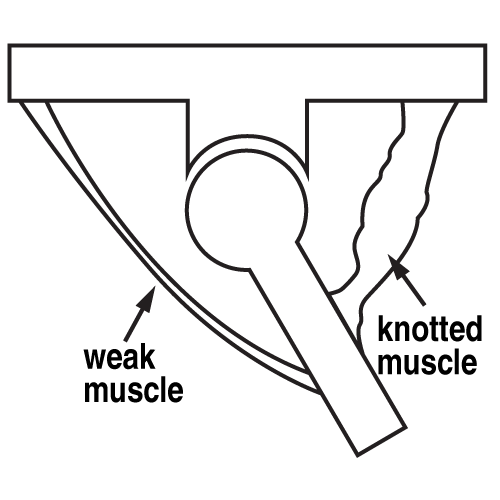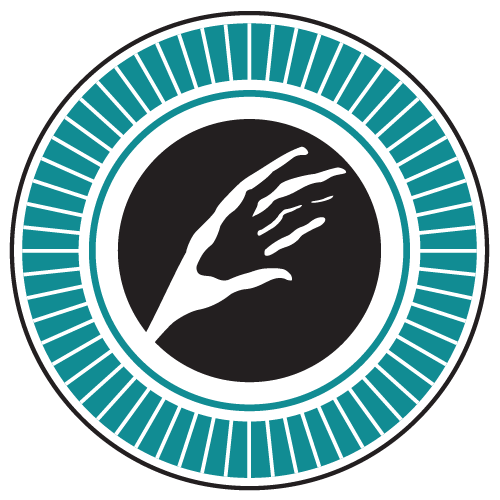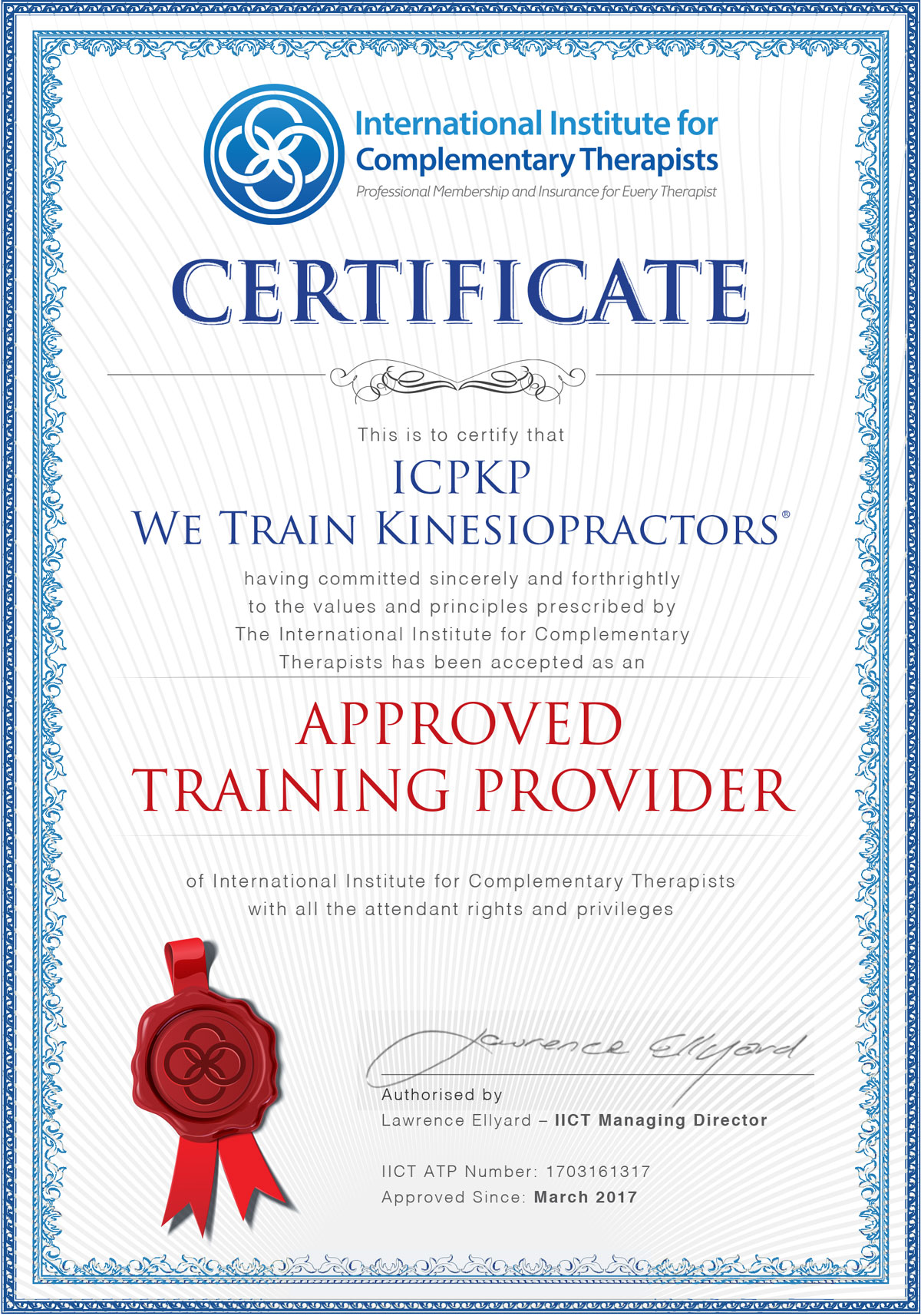How does Kinesiology work?
Kinesiology (Kin-easy-ology) is the most comprehensive of the modern natural therapies.
It is, however, very easy to learn some kinesiology techniques to boost your own energy or help you handle day-to-day stress situations.
Have you ever come in from shopping with tired feet, felt your energy at an all time low and wish you could get a quick energy boost? Try the walking gait reflexes for yourself and feel your energy rise.
Stressed out to the max? Hold your ESR points for 30 – 90 seconds and marvel like we did that a simple reflex from Chinese medicine can have such a profound effect.
Kinesiology is a therapy with a difference.
It does not treat the symptoms or signs of named diseases. Kinesiologists look at the whole person and think in terms of a triad of health. They place equal emphasis on all sides of the triangle. Some health care systems emphasise nutrition, some concentrate on nutritional, chemical, mental or psychological aspects of ill health. Still others look only at structure or the exercise component. The result is an unbalanced triangle or one-sided view of health or disease.
Each of us is special, unique and different. Inside our head we all have our own personal bio-computer that has been programmed by both our genetic make up and our life experiences. Our body is the like VDU (visual display unit) or monitor for our bio-computer and lets us (and everyone else) see how well our bio-computer is coping with life.
People-watching is a favourite game for most of us. Each one of us looks at subtle cues when we meet people. Body posture is a reflection of muscle activity. The way we stand or stoop, the way we walk or amble, the tense, uptight shoulders or the down-turn of the lips speak louder than any words about our life experience. Different healing professions have their own way of working with unequal muscle activity. Usually this expresses itself as pain or a knotted-up muscle.
Chiropractors manipulate the spine, Osteopaths do more subtle spinal adjustments, Physiotherapists and Massage Therapists work more directly on the muscles themselves. All these professions aim to relax the knotted-up muscle. Medical Doctors use pain relieving drugs or anti-inflammatory medication (NSAIDs) to relieve the inflammatory process in the knotted-up muscle. Kinesiologists, acupuncturists and other energy-based body-workers work from the perspective that knotted-up muscles relate to imbalances in body energy.

If the diagram to the left were of a swing door with two springs attached to the wall, an engineer would note that one spring was knotted-up and the other overstretched. He would replace the weak overstretched spring in figure 2 and the door would hang in the middle of the door frame. Because both springs were pulling equally, the knotting-up from the second spring disappears.

Kinesiology works with muscle activity in a similar manner to the engineer and the door. Instead of trying to relax the knotted muscle like other healing professions, kinesiology works on the weakened muscle. When a kinesiologist is faced with pain or a knotted-up muscle they test several muscles for equality of strength on both sides of a joint (or the spine). If they test and find a muscle tests weak on one side of the body compared with the same muscle on the other side, they work with body energy reflexes to restrengthen the weak muscle. Kinesiologists call this “muscle balancing”.
Kinesiologists have found that many things (including mental stress or fears, our diet and daily exercise) affect muscle balance and hence our energy levels, posture and the way we function and feel. When all aspects of our lives are balanced, the best results follow and we function at our vital best.

